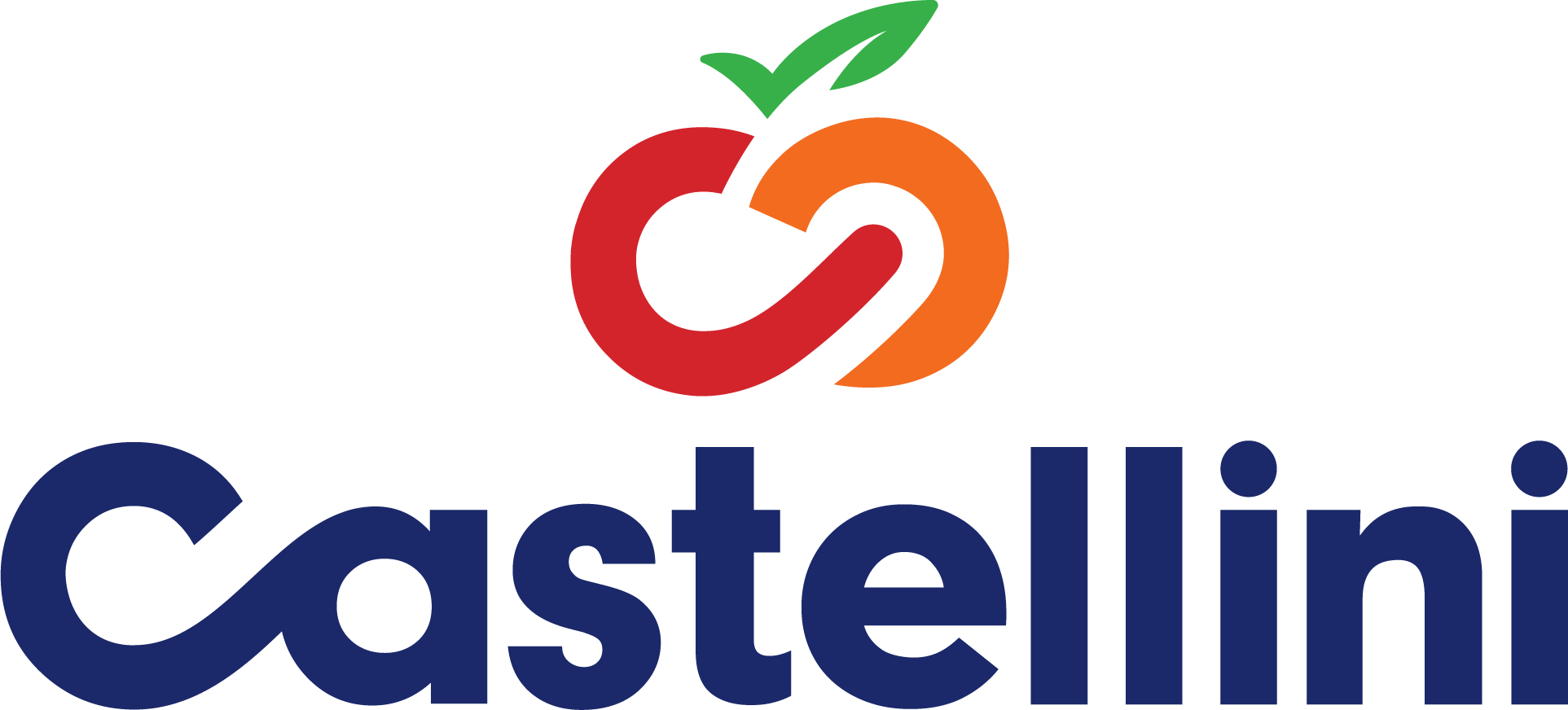 Earlier this month we noted that organic food growth continues to outpace total food sales. As the primary point of entry into organic food for most consumers, organic produce is leading the way. It’s an essential part of a comprehensive department assortment, a key point of differentiation when well-executed, and a tremendous opportunity for retailers of all sizes. According to the Organic Produce Network and Nielsen, organic produce sales reached nearly $1.2 billion in the third quarter of 2017 alone, up +8% in dollars and +10% in volume over the same period in 2016. Fruits, vegetables, herbs, seasonings, beverages, and dressings all recorded sales growth.
Earlier this month we noted that organic food growth continues to outpace total food sales. As the primary point of entry into organic food for most consumers, organic produce is leading the way. It’s an essential part of a comprehensive department assortment, a key point of differentiation when well-executed, and a tremendous opportunity for retailers of all sizes. According to the Organic Produce Network and Nielsen, organic produce sales reached nearly $1.2 billion in the third quarter of 2017 alone, up +8% in dollars and +10% in volume over the same period in 2016. Fruits, vegetables, herbs, seasonings, beverages, and dressings all recorded sales growth.
The growth in organic produce reflects increasing consumer demand for transparency, plant-centered meals, and personalized diets, supported by increasing availability and stability of supply across a growing number of produce categories. Nielsen notes that successful retailers are using organic produce as a point of differentiation and manage the price differential between an organic item and its conventional counterpart to reflect its relative value without negatively impacting sales. Done right, organic varieties have generated more than 16% of total produce revenue.
Organic produce is also the gateway into a more organic lifestyle for consumers…and has opened entire stores to organic products. With produce, it’s easy for consumers to understand the difference between organic and conventional…there are no complex ingredient lists to try and decipher. As organic demand has moved more mainstream, access and supply are increasingly available through organic sections within traditional supermarkets as well as through specialty natural/organic food stores. Organic options are also available across a broader variety of produce categories. Growers who started the soil conversion necessary for organic certification three years ago are starting to come on-line and are continuing to invest in future farm conversions in anticipation of continued growth in demand.
While interest in organic and “clean labels” is growing, it remains important to educate consumers about what different labels mean and keep a positive message about consuming fresh produce of all types…both conventional and organic. Increased communication about specific benefits associated with the vitamins and minerals naturally found in fresh produce will help consumers understand how a produce-centric diet supports their health and wellness objectives.
The quality of a produce department is one of the top three things consumers evaluate when selecting their primary grocery store. Getting organic produce right within the overall department is key to a growing number of shoppers. Millennial parents are driving organic growth; having a best-in-class organic program can help draw Millennial shoppers to your stores and keep them coming back.
Need help optimizing your organic produce offering? Contact us. We’ll work with you to customize a total program from field to store, including next-day delivery, cross-dock solutions to complement existing produce programs, ripening and repacking, merchandising training and tools, and more. Our centralized procurement team and extensive grower and customer network allow us to maintain a reliable, always-fresh inventory of regionally and seasonally best certified organic fruits and vegetables from the most recognized growers here at home and around the world. Our volume and velocity mean you can delight your shoppers with the freshest organic produce available, every day.
